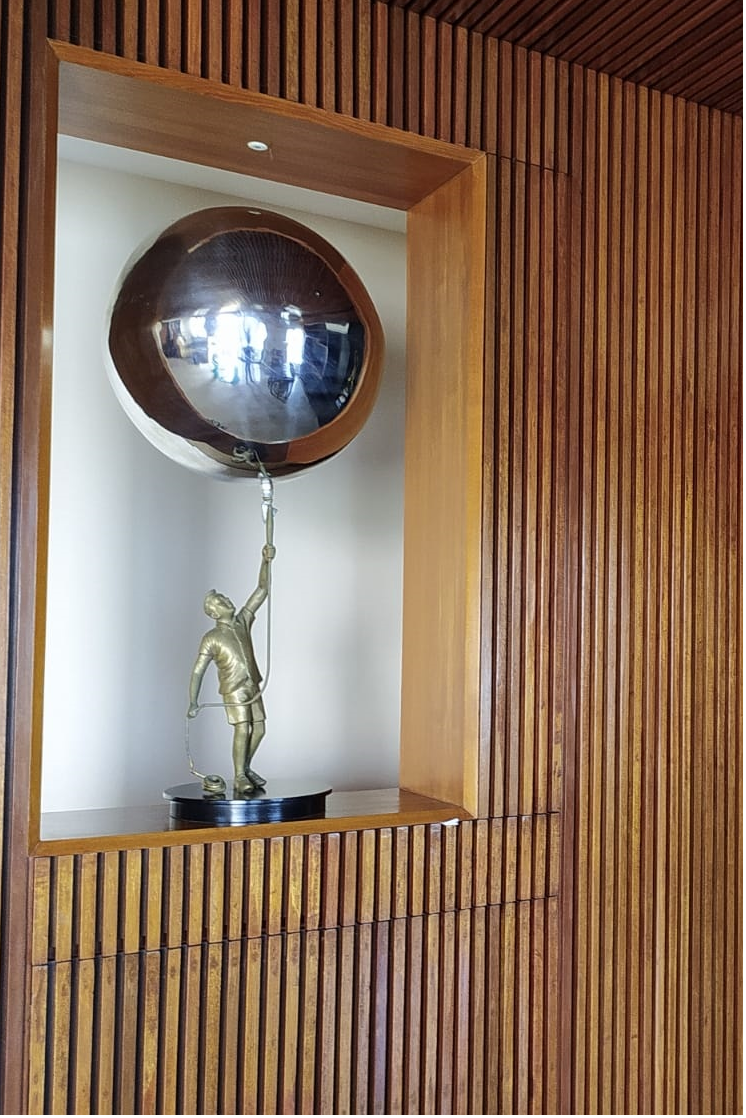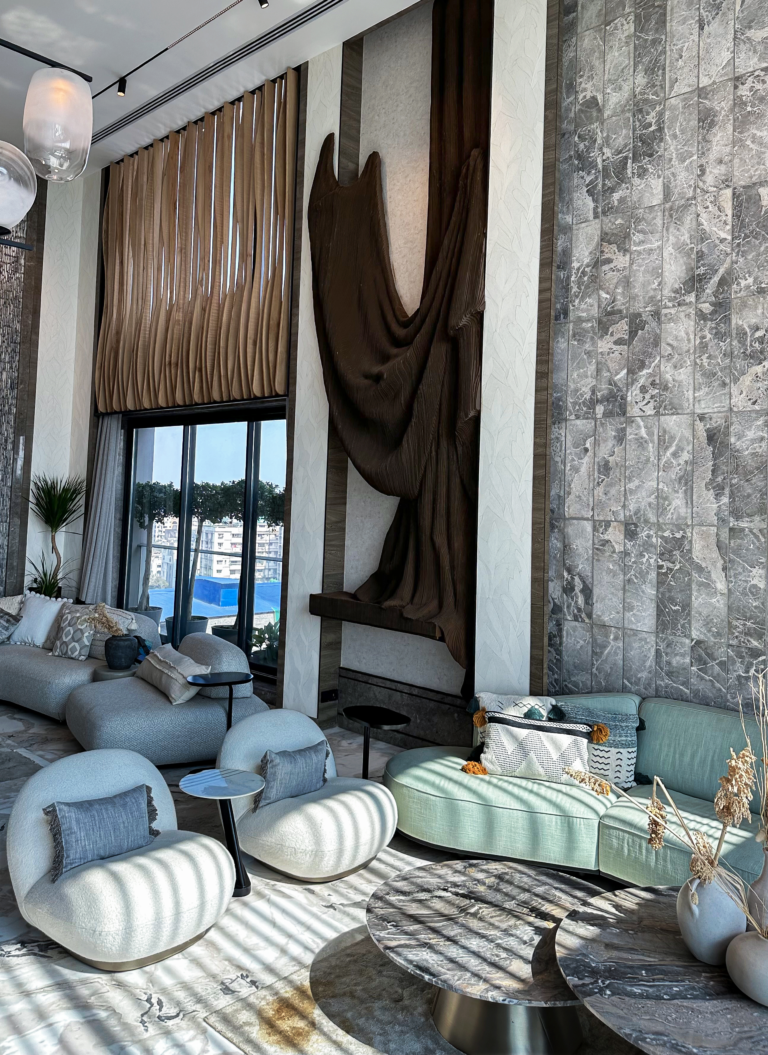In the field of interior design, the significance of art goes far beyond mere decoration. It serves as a profound expression that not only adds aesthetic value but also provides a unique perspective on life. Art has the remarkable ability to inspire, motivate, and even act as a psychological remedy. Its strength lies in its capacity to evoke a range of emotions, from joy to contemplation, and its potential to offer diverse interpretations.
Art becomes an integral part of our living spaces because it reflects the essence of the human experience. Take, for instance, a whimsical painting of a donkey in joker attire carrying a mountain on its back. In the hustle of our competitive lives, this piece becomes a mirror, resonating with the burden we carry while still embracing humor and wit. Such art not only adds aesthetic value but also sparks discussions, creating connections and offering pleasure to those who encounter it.
Art has the power to leave a lasting impression on individuals, shaping their perceptions and understanding of the space. It provides an opportunity for a walk-through, a narrative around each piece, and a glimpse into the personality of the homeowner. Unlike material possessions, the value of art appreciates over time, offering a return on investment when chosen thoughtfully.
In conclusion, art in interior design is not merely about creating visually appealing spaces; it is about infusing life, emotion, and individuality into the very fabric of our homes. It is an investment in the intangible, a journey that unfolds over time, making the living space a reflection of the dweller’s unique narrative.
Art has the power to leave a lasting impression on individuals, shaping their perceptions and understanding of the space. It provides an opportunity for a walk-through, a narrative around each piece, and a glimpse into the personality of the homeowner. Unlike material possessions, the value of art appreciates over time, offering a return on investment when chosen thoughtfully.
In conclusion, art in interior design is not merely about creating visually appealing spaces; it is about infusing life, emotion, and individuality into the very fabric of our homes. It is an investment in the intangible, a journey that unfolds over time, making the living space a reflection of the dweller’s unique narrative.
Note - All the artworks are either made by Bandana Jain or are part of her personal collection.
===============================
Website : https://bandanajain.com
Instagram : https://www.instagram.com/bandanajain_/
Note - All the artworks are either made by Bandana Jain or are part of her personal collection.



